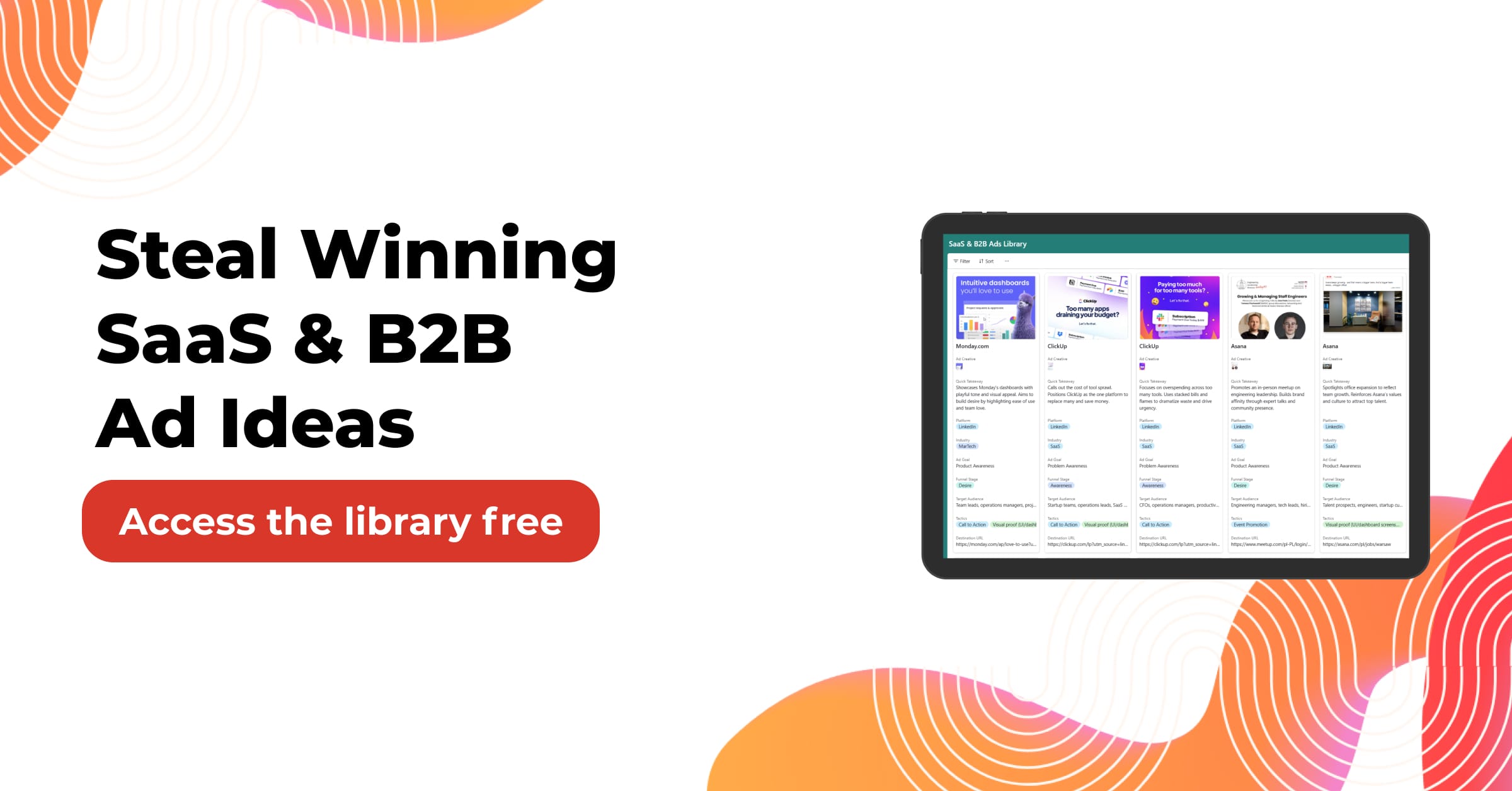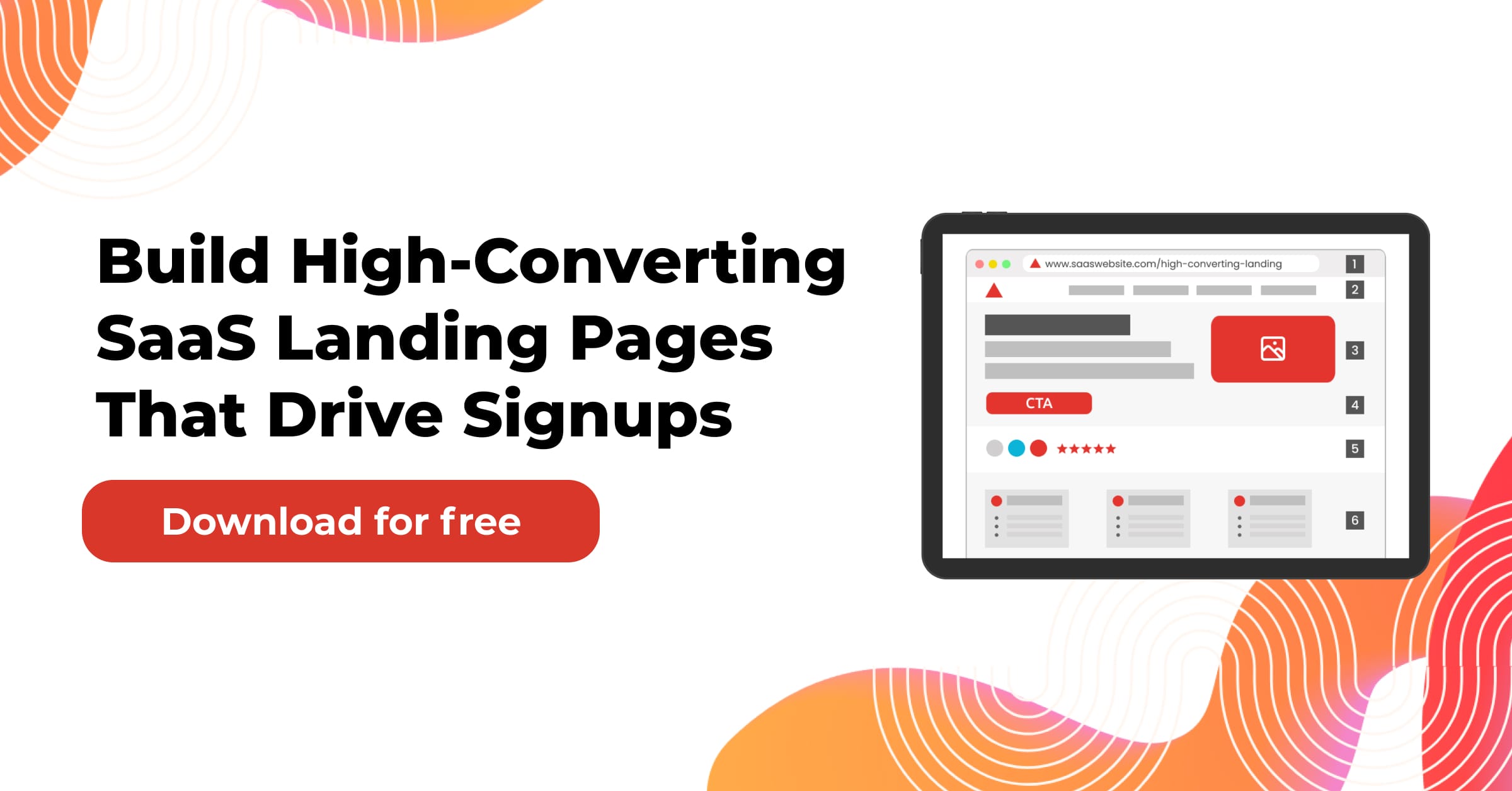Why Should Startups Care About Customer Data Security?
For many SaaS startups, rapid growth often takes priority over everything else. Features are released quickly, marketing campaigns run at full speed, and customer acquisition becomes the main focus. But one overlooked issue can jeopardize everything: protecting customer data.
A data breach not only damages your reputation but can also result in regulatory fines, loss of investor confidence, and customer churn. According to multiple industry studies, customers are far less likely to continue using a service after a security incident.
Example:
Imagine a project management SaaS that suffers a breach, exposing client project files. Even if the issue is fixed, customers may switch to competitors out of fear.

Jump to:
What Are the Main Risks to Customer Data for Startups?
Startups face a variety of security threats. The most common include:
| Risk Type | Description | Impact Example |
|---|---|---|
| Phishing Attacks | Hackers trick team members into giving access | An employee clicks a fake login email, exposing admin credentials |
| Unsecured APIs | Poorly protected API endpoints allow data leaks | A competitor accesses sensitive customer records through weak authentication |
| Insider Threats | Employees mishandle or misuse data | A contractor downloads client files before leaving |
| Weak Password Policies | Easy-to-guess credentials open the door to attackers | Shared accounts with default passwords get hacked |
| Poor Encryption Practices | Data is stored or sent without encryption | Sensitive user data intercepted during transmission |
The challenge for startups is that these risks evolve quickly. What worked for data security last year may already be outdated today.

How Can Startups Build a Strong Data Protection Foundation?
Before scaling, it is essential to establish basic security measures. This foundation should be both technical and procedural.
- Data Classification – Know which data is sensitive and needs the highest protection.
- Access Control – Limit who can view or edit critical information.
- Regular Backups – Keep secure backups in case of ransomware attacks.
- Secure Hosting – Choose cloud providers with strong compliance certifications like ISO 27001 or SOC 2.
- Incident Response Plan – Have a clear process to handle security incidents quickly.
Example:
A SaaS HR startup could classify employee payroll data as highly sensitive, restrict access to only finance and HR, and ensure all backups are encrypted.
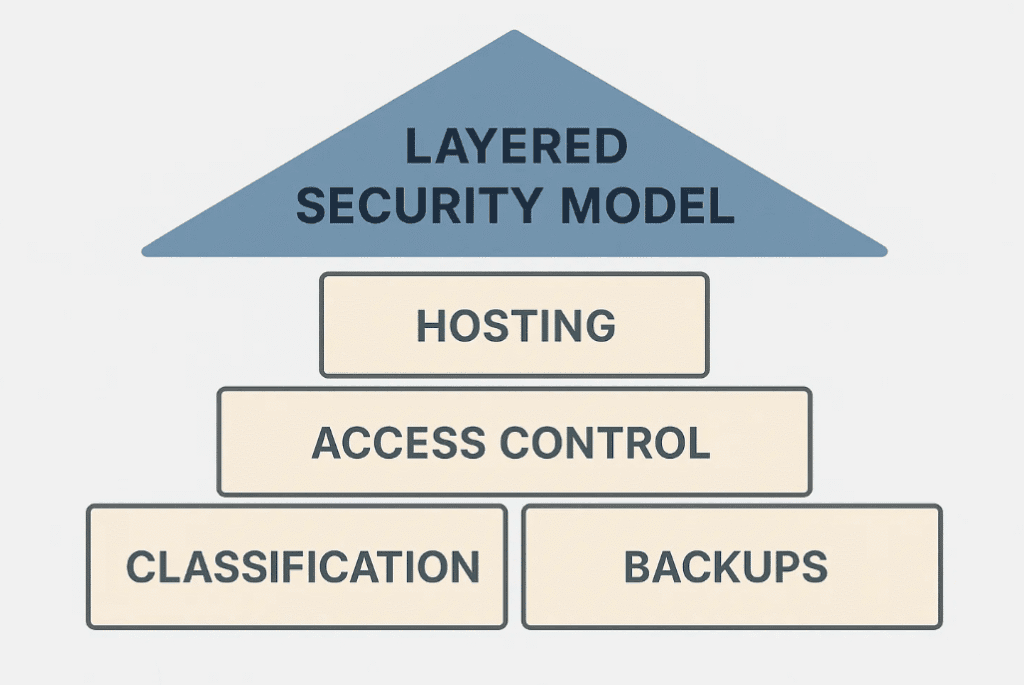
What Legal and Compliance Requirements Should You Know?
Even small startups must comply with global and regional data protection regulations. Failing to do so can lead to penalties.
| Regulation | Region | Key Requirement |
|---|---|---|
| GDPR | EU | Consent for data collection, right to be forgotten, breach notifications |
| CCPA | California, USA | Disclosure of data usage, opt-out rights |
| HIPAA | USA (healthcare) | Strict rules for handling health information |
| PCI DSS | Global | Standards for handling payment card data |
Startups should work with legal advisors to understand which laws apply based on the location of their customers.
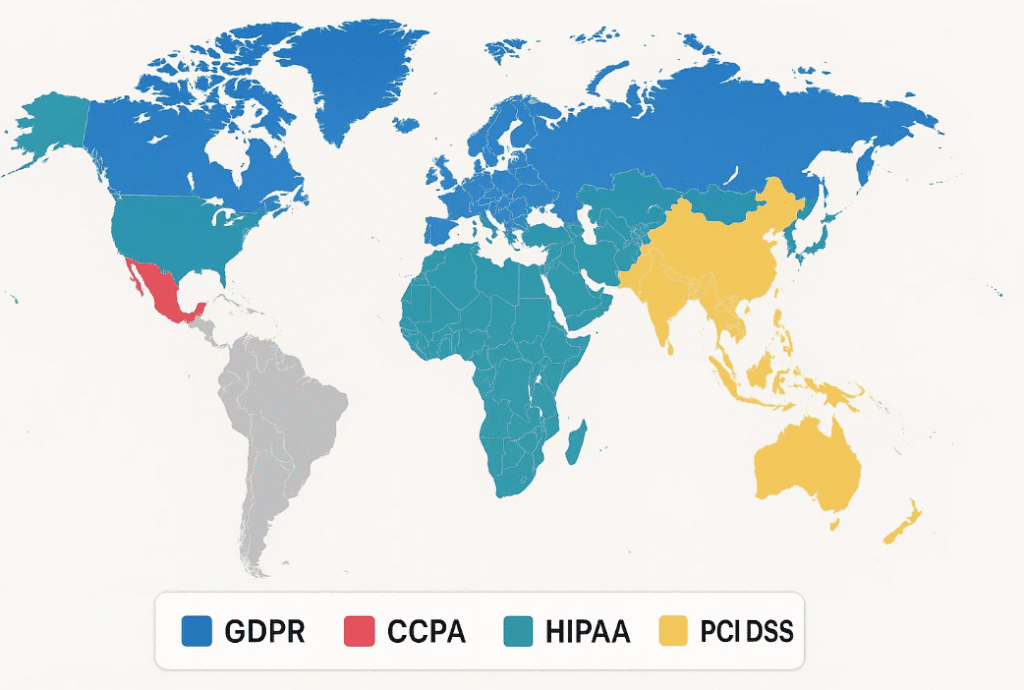
How Can You Secure Customer Data in the Cloud?
Most SaaS startups rely on public cloud providers like AWS, Google Cloud, or Azure. While these providers have strong built-in security, the responsibility for securing customer data is shared.
Best Practices for Cloud Data Protection:
- Use encryption for data at rest and in transit
- Implement role-based access control
- Enable multi-factor authentication for all accounts
- Keep software updated and patched
- Monitor cloud activity logs for unusual behavior
Example:
A marketing SaaS might store campaign analytics in AWS S3. They encrypt files, restrict access to specific IP addresses, and monitor access logs weekly.
What Role Does Encryption Play in Protecting Customer Data?
Encryption ensures that even if attackers access your systems, the data remains unreadable without the right keys.
Types of Encryption:
- AES (Advanced Encryption Standard): Commonly used for stored data.
- TLS (Transport Layer Security): Protects data in transit between browsers and servers.
For startups, implementing encryption may seem complex, but cloud providers often offer built-in tools. The key is ensuring encryption is configured correctly and keys are managed securely.
Example:
A SaaS document-sharing platform uses AES-256 for files stored in the database and TLS for file transfers between clients and the server.
How Can Startups Train Their Teams to Prevent Data Breaches?
Technology alone cannot prevent all security incidents. Human error is one of the top causes of breaches.
Training Tips:
- Conduct quarterly security awareness sessions
- Teach staff to identify phishing attempts
- Require strong passwords and regular changes
- Limit access based on job roles
- Simulate phishing attacks for practice
Example:
A CRM startup runs internal phishing tests and rewards employees who report suspicious emails.
What Is the Importance of Data Minimization?
Data minimization means collecting only the data you truly need. The less information you store, the less you have to protect.
Benefits:
- Reduces risk in case of a breach
- Lowers compliance burdens
- Increases customer trust
Example:
An online survey SaaS only stores respondents’ answers and an anonymous ID instead of collecting full names and contact details.
How to Respond If a Data Breach Happens
Even with the best safeguards, breaches can occur. The key is how you respond.
Steps to Take:
- Isolate affected systems to prevent further damage
- Assess what data was compromised
- Notify affected customers promptly
- Report to regulators if required
- Improve security to prevent recurrence
Example:
A SaaS accounting platform discovers an intrusion. They immediately shut down access, investigate, notify clients, and issue new login credentials.
How Can Startups Use Third-Party Security Tools Effectively?
There are many security tools designed for startups that are affordable and easy to integrate.
| Tool Type | Example Services |
|---|---|
| Password Managers | LastPass, 1Password |
| Threat Detection | Snyk, CrowdStrike |
| Secure File Sharing | Tresorit, Box |
| Compliance Tracking | Vanta, Drata |
Example:
A SaaS analytics company uses a compliance tracking tool to stay ready for SOC 2 audits while using a password manager for all internal accounts.
How to Build Customer Trust Through Transparency
Customers are more likely to trust startups that openly communicate how they handle data.
Ways to Show Transparency:
- Publish a clear privacy policy
- Offer customers a data export or deletion option
- Announce major security upgrades
- Provide regular security updates to enterprise clients
Example:
A startup sends quarterly newsletters to customers outlining security improvements and upcoming protections.
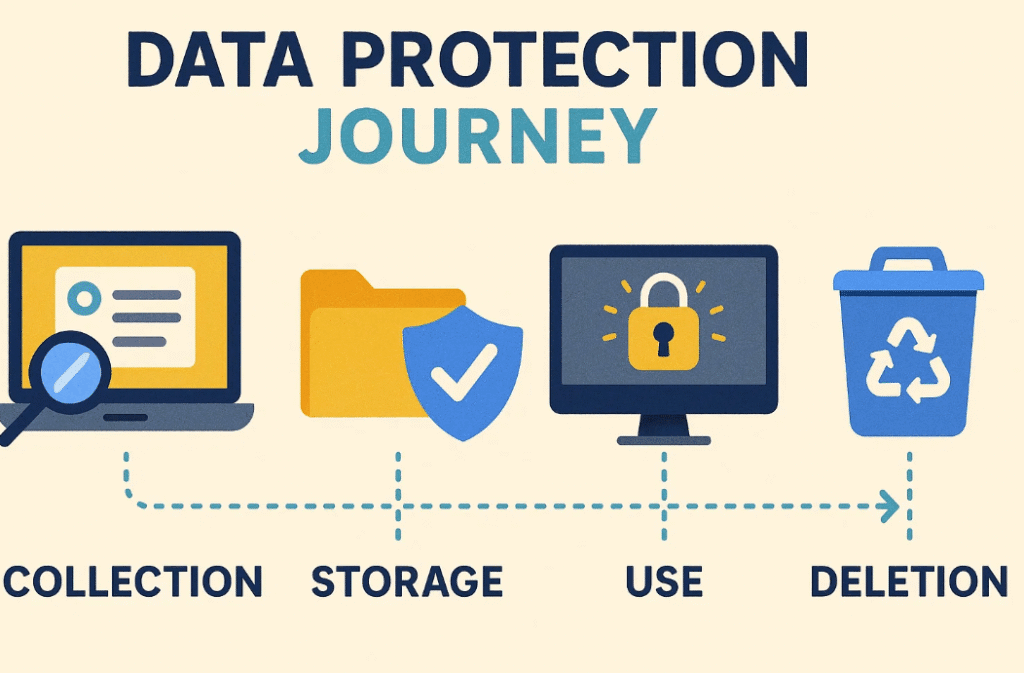
How to Scale Security as Your Startup Grows
Security needs change as your team, product, and customer base grow. What worked for 100 users may not work for 10,000.
Scaling Tips:
- Automate security monitoring
- Introduce dedicated security personnel or a CISO
- Conduct annual penetration tests
- Expand access controls to match new roles
Example:
A project collaboration SaaS starts with a single developer managing security, but hires a security engineer when user growth exceeds 5,000 accounts.

How Can Startups Balance Security and User Experience?
Many founders fear that adding extra security measures will frustrate users. While that can happen if security is poorly implemented, there are ways to protect customer data without making the experience feel complicated.
Best Practices:
- Use single sign-on (SSO) to streamline logins while keeping them secure
- Offer multi-factor authentication with simple options like SMS or authenticator apps
- Avoid forcing frequent password changes unless there’s a known risk
- Design security processes to run in the background wherever possible
Example:
A SaaS billing platform integrates SSO so enterprise clients can log in with their existing company credentials, reducing password fatigue while improving security.

Why Should You Limit Third-Party Integrations?
Third-party integrations can supercharge your product, but they can also become weak points in your security. If one of your connected apps is compromised, attackers may gain indirect access to your customer data.
Ways to Reduce Integration Risk:
- Only integrate with reputable, security-certified services
- Regularly review and remove unused integrations
- Request security documentation from integration partners
- Sandbox risky integrations so they cannot access core systems
Example:
A startup offering a CRM tool audits its 12 integrations and removes 4 that are rarely used, reducing potential attack surfaces.
What Are the Most Overlooked Areas of Data Protection in Startups?
Many startups focus on server security but overlook other critical areas.
| Overlooked Area | Why It Matters |
|---|---|
| Employee Devices | Laptops and phones can be stolen or infected with malware |
| Email Security | Sensitive data is often sent in plain text |
| Physical Office Access | Unauthorized visitors could access servers or files |
| Development Practices | Poor coding practices can create vulnerabilities |
Example:
A SaaS design tool introduces device encryption and remote wipe capabilities for all employee laptops to prevent data loss from theft.
How Can Startups Build a Security-First Culture?
Security should be part of everyday thinking, not just something handled by the tech team.
Steps to Build a Culture:
- Make security part of onboarding for every employee
- Recognize and reward secure practices
- Include security updates in company meetings
- Share real-world breach examples as learning tools
Example:
A startup sends out a monthly “Security Spotlight” newsletter to all employees, featuring simple tips and recent industry news.
Should You Offer Customers Control Over Their Data?
Empowering customers with control builds trust and helps meet compliance requirements.
Customer Control Options:
- Data export tools for downloading personal data
- Account deletion features
- Privacy settings to manage what data is shared
- Audit logs showing account activity
Example:
A SaaS e-learning platform offers a dashboard where users can see and delete stored data anytime, increasing retention by improving trust.

How Can Startups Handle Data Shared Across Multiple Regions?
If your customers are spread across different countries, their data may be subject to multiple privacy laws.
Best Practices:
- Use data localization when required by law
- Store backups in compliant regions
- Review cross-border data transfer regulations
- Maintain updated privacy policies reflecting regional laws
Example:
A SaaS HR startup serving clients in Europe and Asia uses separate cloud storage regions for each location to comply with local rules.
Why Should Startups Regularly Test Their Security
Testing is the only way to know if your safeguards actually work.
Testing Methods:
- Penetration Testing: Simulated attacks to find vulnerabilities
- Vulnerability Scans: Automated scans to detect weaknesses
- Disaster Recovery Drills: Testing backup and restoration procedures
- Red Team Exercises: External experts attempt to breach systems
Example:
A SaaS fintech company runs annual penetration tests and patches all reported issues within 30 days.
How to Communicate a Security Incident Without Losing Customers
Transparency matters when something goes wrong. The way you handle communication can determine whether customers stay or leave.
Communication Tips:
- Notify customers as soon as the facts are clear
- Avoid technical jargon in explanations
- Offer clear next steps and support
- Provide reassurance about what has been done to fix the issue
Example:
After a minor security incident, a startup sends personalized emails to each affected customer explaining the impact, the fix, and offering free security monitoring for 12 months.
How Can Automation Improve Data Security for Startups?
Automation can help small teams maintain strong security without constant manual work.
Automated Security Tasks:
- Password rotation policies
- Real-time threat alerts
- Automatic software patching
- Suspicious login detection
Example:
A SaaS scheduling tool uses automation to disable inactive user accounts after 90 days, reducing potential attack points.
Related Article: https://www.adlabz.co/rise-of-saas-security-as-a-service-and-why-it-matters
What Metrics Should Startups Track to Measure Data Security?
You cannot improve what you do not measure. Security metrics help startups see progress and identify weaknesses.
| Metric | Purpose |
|---|---|
| Time to Detect Incidents | Speed of identifying threats |
| Time to Contain Incidents | Efficiency of stopping attacks |
| Number of Vulnerabilities | Tracking unresolved issues |
| Encryption Coverage | Percentage of data fully encrypted |
Example:
A SaaS recruitment platform tracks incident detection time and reduces it from 72 hours to under 6 hours within a year.
How to Gain Investor Confidence Through Strong Security
Investors increasingly look for strong security practices before funding startups, especially in SaaS.
Ways Security Attracts Investors:
- Shows risk management maturity
- Reduces potential liability
- Signals readiness for enterprise clients
- Increases company valuation in due diligence
Example:
A SaaS accounting startup includes a security compliance section in its investor pitch, leading to faster approval from a VC firm.
FAQs About Protecting Customer Data for Startups
1. How early should a startup implement data protection measures?
From the very first day of handling customer data. Waiting until scale makes it harder and riskier.
2. Is cloud storage automatically secure?
Not entirely. Cloud providers secure the infrastructure, but you are responsible for securing the data and access controls.
3. Should startups hire a dedicated security expert?
If budget allows, yes. If not, assign security responsibilities to a team member and use third-party security audits.
4. How often should startups review their security policies?
At least annually, or sooner if there are changes in regulations, product features, or major incidents.
5. What is the best way to earn customer trust in data protection?
Be transparent, meet compliance standards, and give customers control over their data.
Wrapping up:
Protecting customer data should not be an afterthought for startups. A single breach can erase years of hard work and damage the trust that is essential for growth. By taking a proactive approach that combines technical safeguards, legal compliance, employee training, and transparent communication, startups can build strong defenses against evolving threats.
The goal is not only to avoid legal and financial consequences but also to show customers that their information is safe in your hands. In a market where trust is a competitive advantage, strong data protection can be the factor that sets your startup apart.




